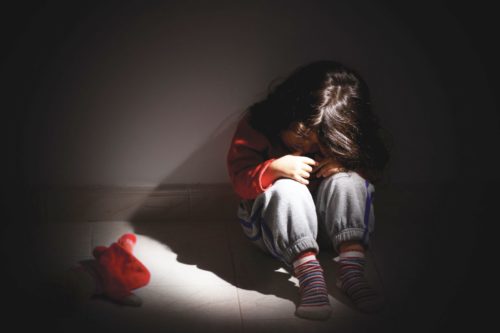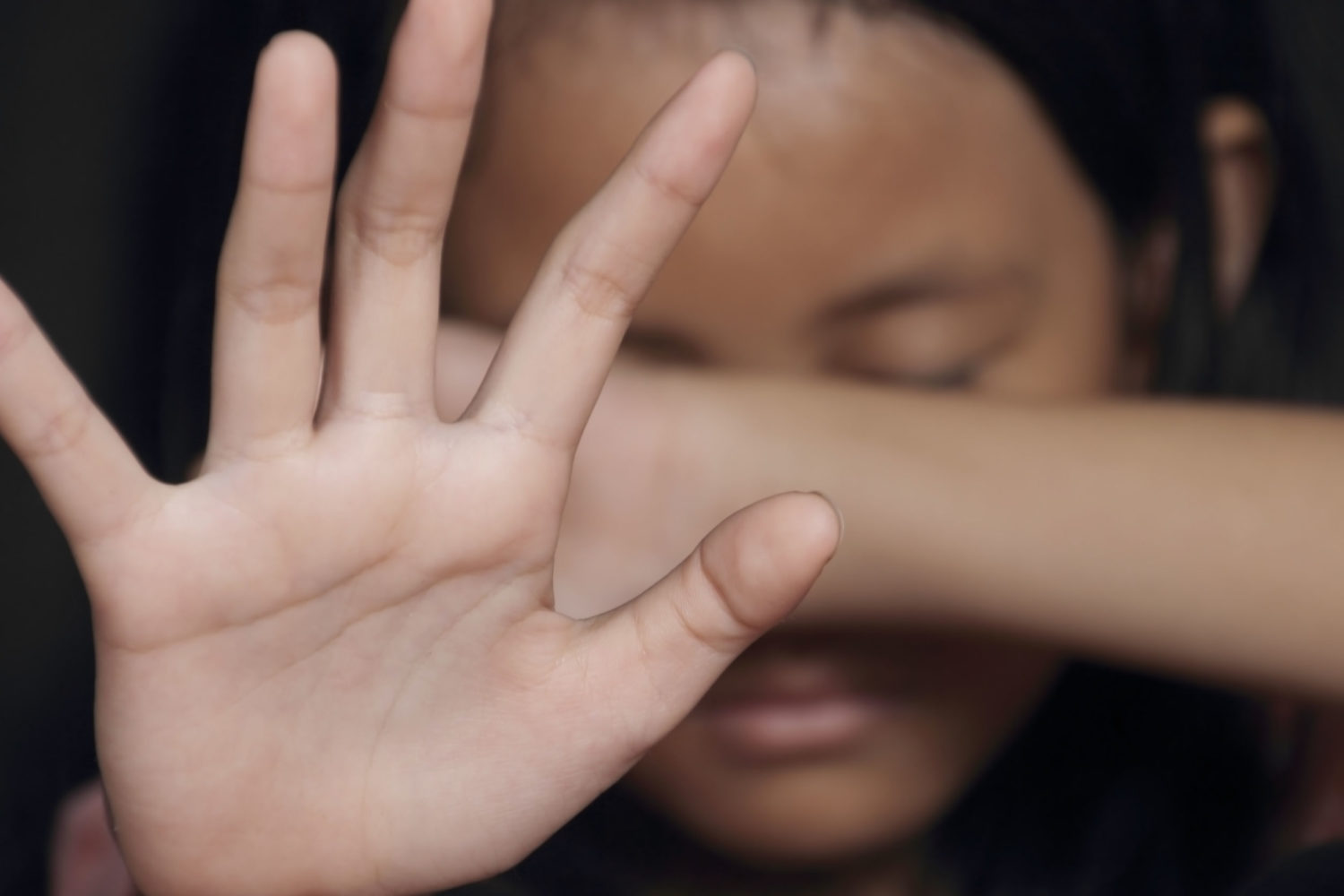Childhood trauma is more common than you might think. According to the U.S. Department of Health & Human Services’ Substance Abuse and Mental Health Services Administration (SAMHSA), more than two thirds of children prior to the age of 16 experience at least one traumatic event.
What is a traumatic event?
This too may surprise you. Trauma is not solely limited to first-hand physical experiences or accidents. Trauma is defined as a deeply distressing or disturbing experience. The SAMHSA-HRSA Center for Integrated Health Solutions explains that “individual trauma results from an event, series of events, or set of circumstances experienced by an individual as physically or emotionally harmful or life-threatening.” Trauma has lasting adverse effects and impact on an individual’s mental, physical, social, emotional, or spiritual well-being.
Within children, trauma can include:
- Community or school violence
- Domestic violence, experiencing or witnessing
- Life-threatening illness or accidents
- Loss of a loved one, sudden and/or violent
- National disasters or acts of terrorism
- Neglect
- Psychological, physical, or sexual abuse
- Physical or sexual assault
- Sexual exploitation
- Stressors relative to being a Military-family member
- Refugee or war experiences
What are signs that a child has experienced trauma?
Signs of trauma or traumatic stress may present themselves differently in each child. Young children may react differently than older children. Children with exposure to multiple traumas may respond differently than those experiencing traumatic stress for the first time. Below is a list of possible indicators of trauma in children by age.
Children Ages 3-4 (Preschool)
- Separation anxiety or fear separation from parents or caregivers
- Frequent Crying or screaming
- Loss of weight or appetite
- Nightmares or night terrors
Children Ages 5-10 (Elementary School)
- Being anxious or scared
- Feeling guilt or shame
- Difficulty concentrating or focusing
- Trouble sleeping or poor-quality sleep
Children Ages 11-16 (Middle and High School)
- Loneliness or feeling depressed
- Extreme change in eating habits or eating disorders
- Inflicting self-harm
- Experimenting or abusing alcohol or drugs
- Engaging in risky sexual behavior
Despite how a child reacts to trauma, it’s imperative to recognize both the short- and long-term impact on the child’s life. Research shows the long-term effects of childhood trauma include but are not limited to:
- Learning problems
- School behavioral challenges, such as suspensions and expulsions
- Increase involvement with the child welfare and juvenile justice systems
- The development of chronic health problems, such as diabetes or heart disease
- Increased chance of behavioral health and substance abuse disorders
How to help a child who has experienced trauma.
There is good news. Children can recover from trauma. Parents, caregivers, and healthcare providers play a pivotal role in the recovery process. The three most important factors to an effective childhood trauma recovery are:
- A supportive system of care. This includes the child’s home life, diet and nutrition, and the people who they share the most time with. Without a support caregiving system, effective treatment can be delayed or hindered.
- Access to care. Your child’s healthcare providers will provide the best treatment plan for your child’s unique needs. An effective treatment plan may include therapy, exercises to complete at home, regular assessments to measure progress. Medication may be recommended but is not a one-size-fits-all solution.
- Trauma informed care. Trauma-informed care is the practice of treating a whole person, both the mental and physical, taking into account past traumatic stress when attempting to understand behaviors and treat the patient. Trauma-informed care is the most effective means of treatment for trauma survivors, both adults and children.
At Hands TO Guide You, we specialize in providing effective, personalized, trauma-informed care to patients of all ages and backgrounds. We are passionate about providing our patients with effective whole-person care. At this time, Hands TO Guide You is increasing the scope of services we offer to children, youth and families who are impacted by traumatic stress within our Oklahoma City community. To inquire about our services for childhood trauma survivors, contact us at https://www.h2gy.com/#contact or call (405) 605-4249.



